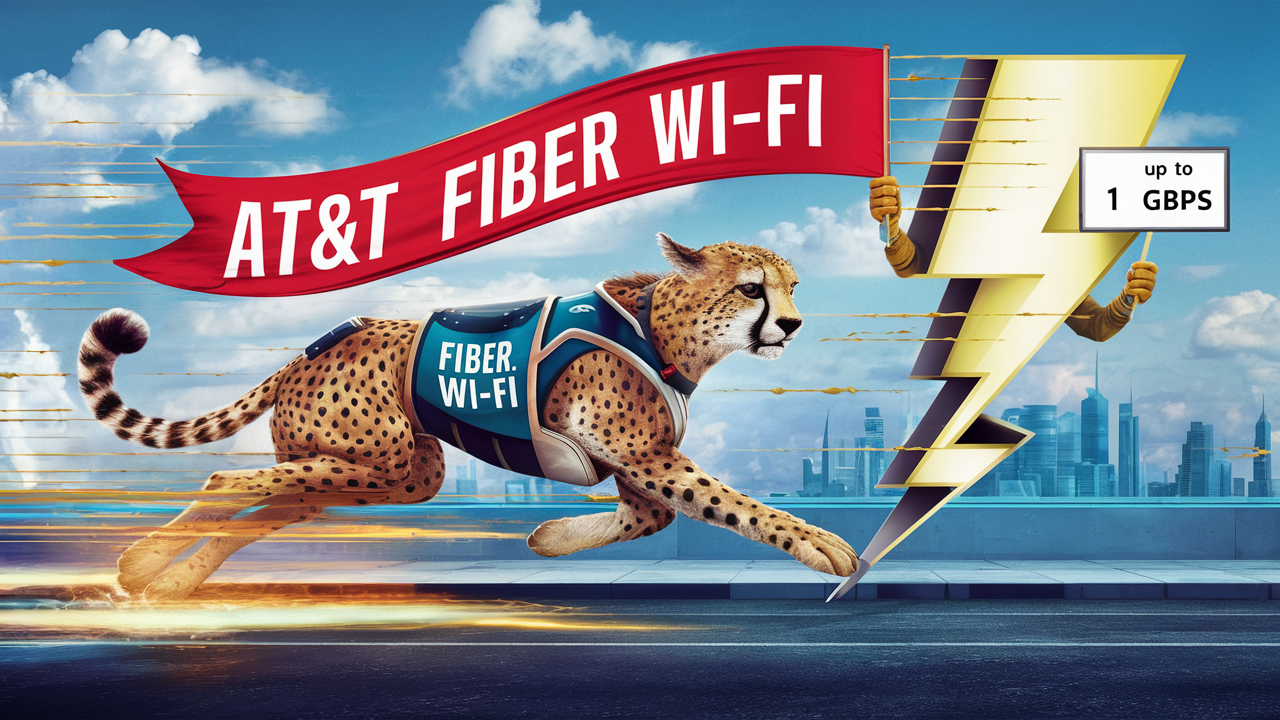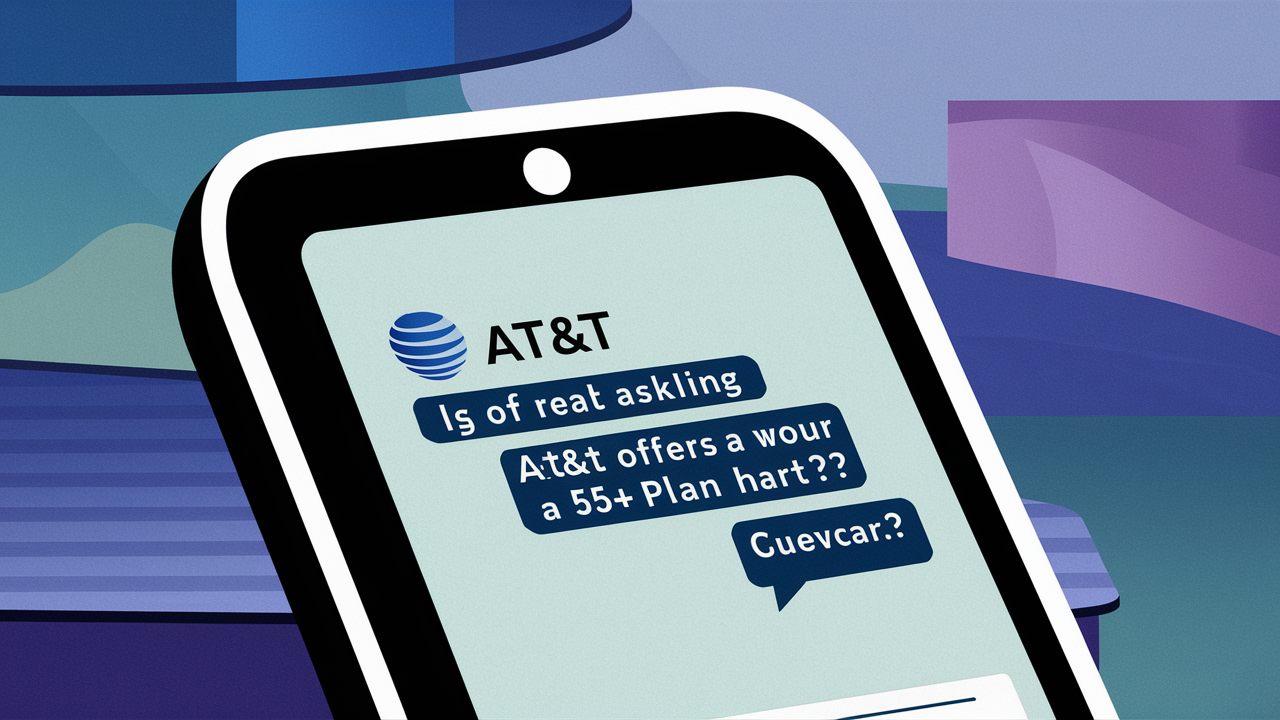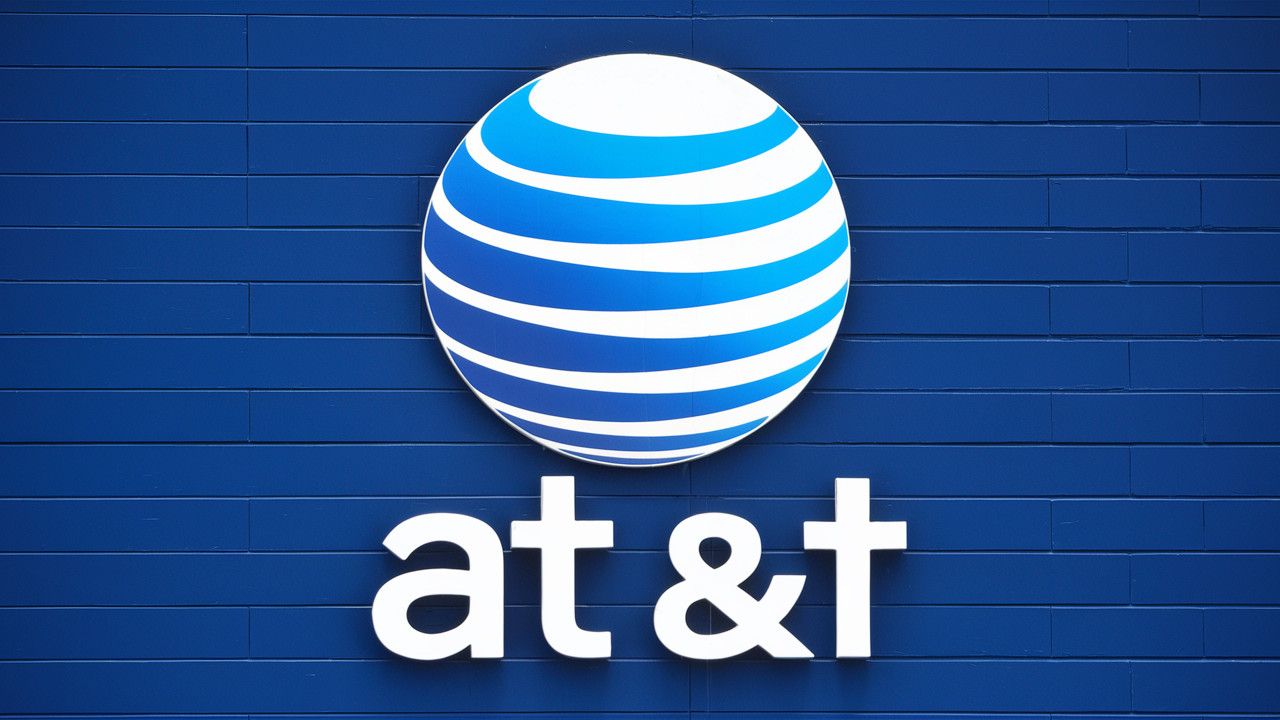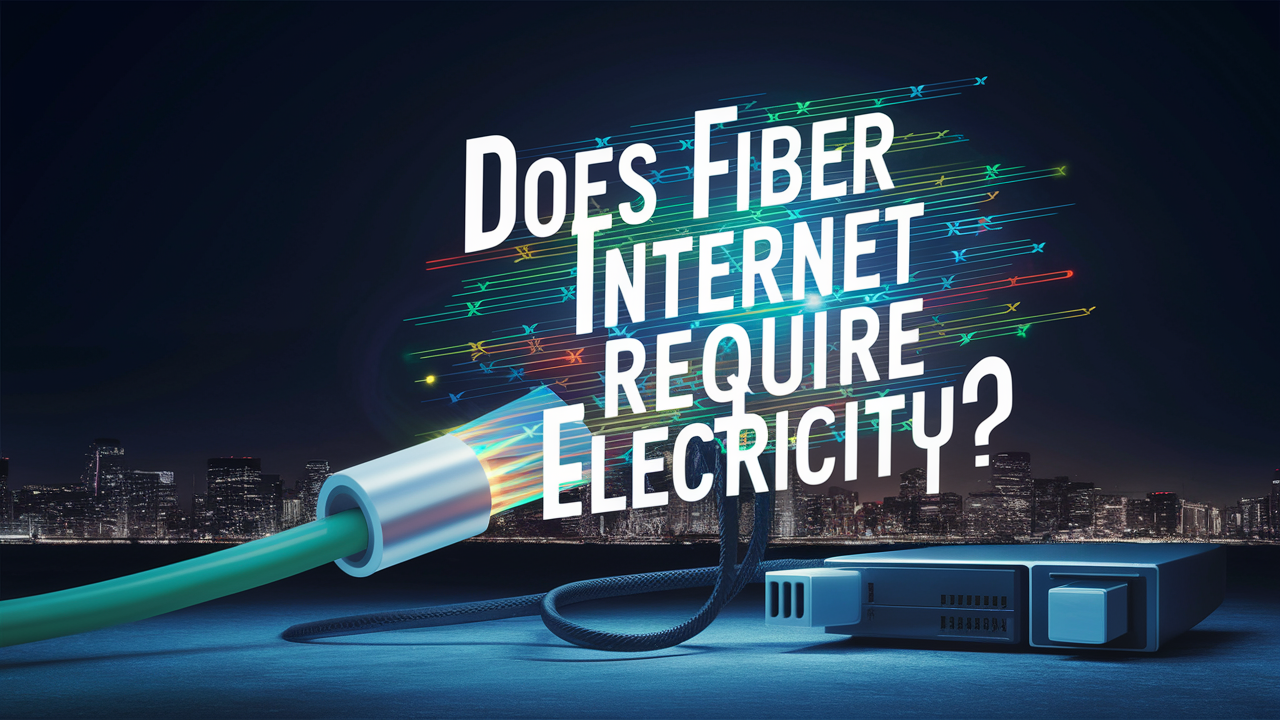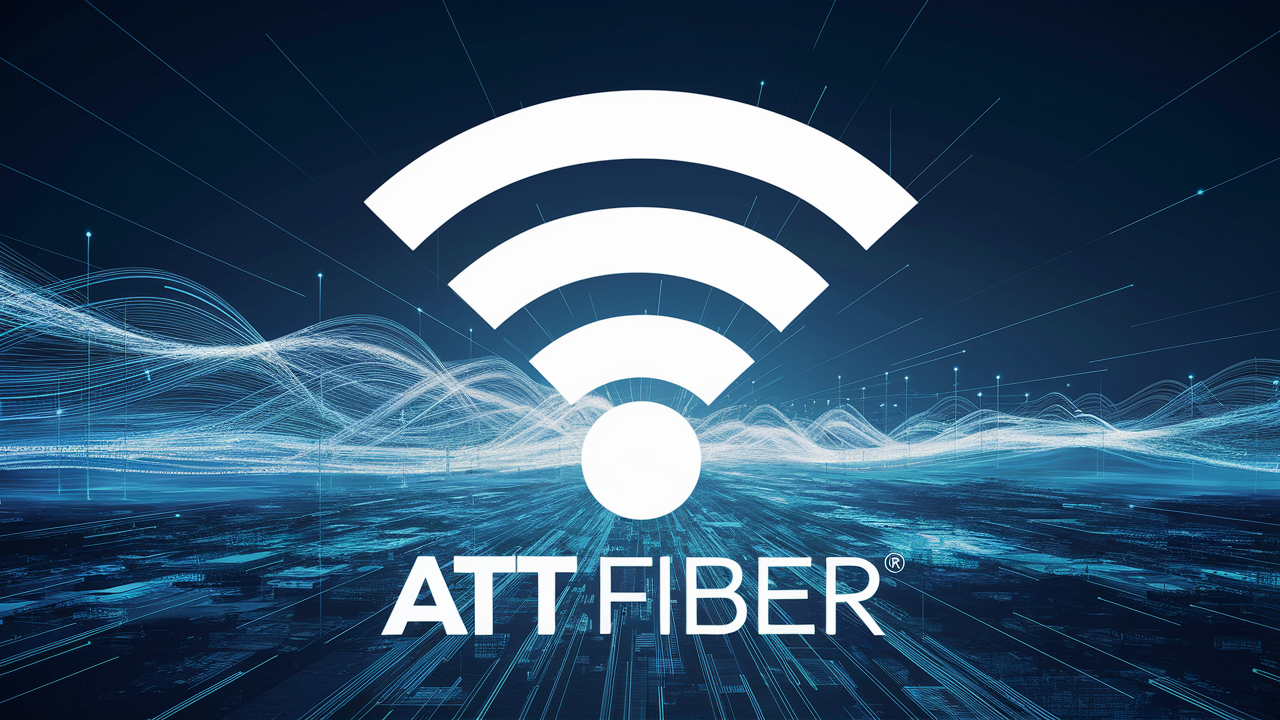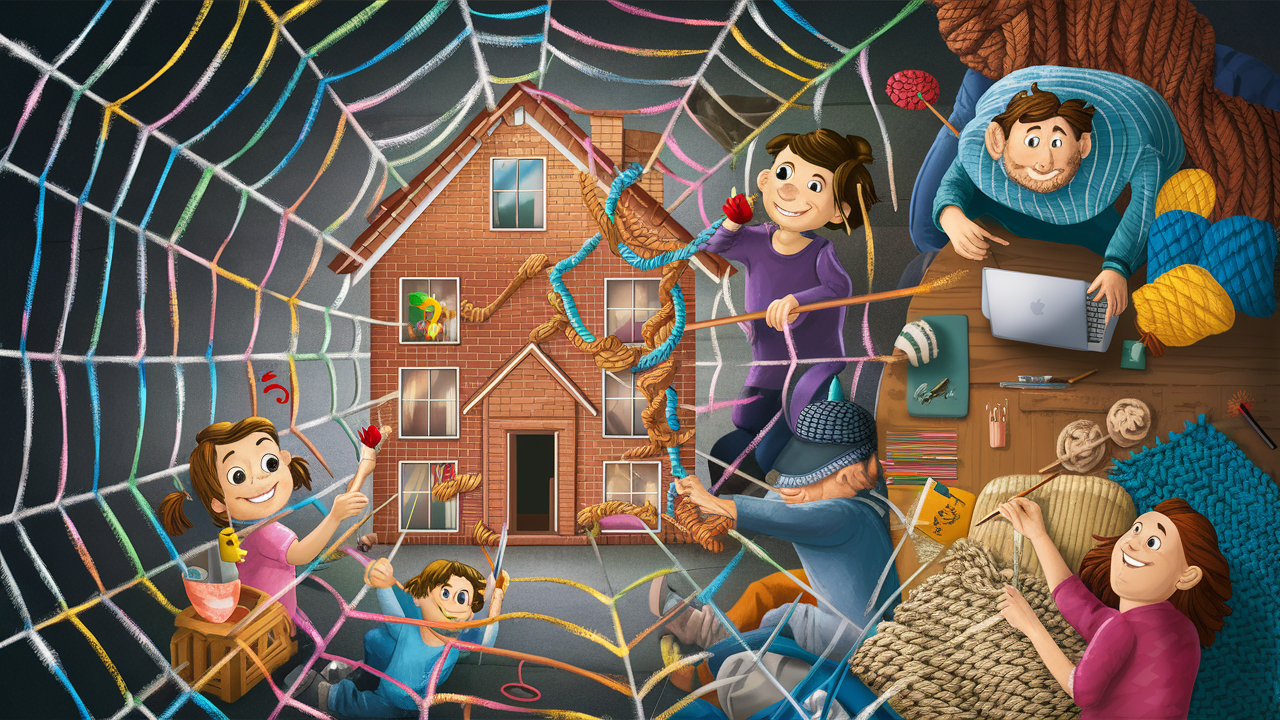
Fiber connectivity is on the rise and is now being offered as a broadband plan for homes as the demands for higher Internet service Provider connection speeds are on an upward trend. But let us understand how the fiber optic cable gets connected to our house and the principles behind it. The following is a brief description of how fiber rollout happens for you and your household.
The Fiber Network
Fiber, however, cannot directly penetrate one’s individual house without a more extended fiber optic network within the locality implemented by an ISP. This has the trunk fibre optic cable that has been buried or strung on telephone poles and then other distribution cable that feeds into towns, streets and individual premises.
The main, central cable – known as backbone or trunkline – is capable of handling enormous data traffic via pulses of light through tiny strands of glass. This may extend for miles in order to distribute connections throughout an entire area. Another is the main line whereby the central office of the ISP interconnects the internet traffic from various global internet networks.
Small fiber cables, which branch out like tree branches from the backbone cable, transports the service closer to the centers of clusters of residences in the local areas. This is done in a process known as splicing where fiberglass threads or optical fibers are joined end to end to link the main line to distribution cables running towards groups of houses and still be able to transmit light pulse data.
Fiber has very close relationship with individual homes.
The last link is to take the fiber optic cable and make it run from the street distribution line right to a specific house. This requires:
1. Studying the site and choosing the location for the home equipment
Before the installation of the home connection, an ISP technician will come to assess where the cable can be laid to penetrate into the premise and where networking hardware can be fixed and the distance required to connect the last few meters into the house. They evaluate the exterior part of the cable from where it will go inside the building up to the street. The optimal route will be determined and will be straightforward.
At this stage, there should be careful planning so that when the team comes to do the actual installation, it will be very efficient and effective to install the fiber optics without much interference from the homeowners and in return, the homeowners should be informed of which areas of their yard or house may be needed for free access during the fiber termination process.
2. If done outside the house, the conduit shall be installed running from the street to the house.
In general, conduit piping that runs from the distribution cable at the roadway up to the exterior wall of the house, if it does not exist, must be laid first and then the fiber optic cable can be pulled through the ground up to the house.
Outer conductor piping also serves the purpose of shielding the delicate glass fiber wires within the cable against physical rough treatment on yards and gardens before the house entrance. Such a protective tubing also helps that it is already necessary to have the yard fitted with this tubing ahead of time, should some service issues occur in the future which may demand digging up the buried cable to access.
3. Fiber optic cable can be installed inside the home by running the fiber through the conduit and connecting it to the various rooms.
The physical removal of the fiber optic cable through conduit from the street into the house can then be done. This involves taking considerable care not to exert much force or pressure on the cable as it runs through the protective plastic sleeve which is buried under the ground to get to the house. High tension can easily break the glass fiber which is as thin as hair that is present in the cable.
Submarine intercity fiber cables that have high capacity may contain up to a thousand delicate glass fibers, whereas, distribution cables that are meant for individual houses and buildings may contain anywhere from one to a couple of dozen cables. With regards to the service provision, it is only required to have one working fiber strand to introduce ultrafast internet service into each house.
4. Running cable behind the facades and passing wiring through the external shells
Fiber cable reaches safely to the exterior of the building through the conduit, it require entering somewhere of the building. This often entails taping just a hole and then encasing the fiber to avoid any damage as it enters the indoor environment.
Conduit entries from below grade afford direct unobstructed access to the interior of the facility without requiring additional exterior permanent visible openings, therefore are the easiest points of penetration are in areas below grade with conduit access like basements or crawlspaces. Or perhaps, obtain permission to bore through walls on the higher floors, in areas not easily noticeable. For instance, over the roof line beneath eaves or soffits makes outdoor cable routing more hidden, below displays it.
5. Installing the networking equipment
Once the fiber cable is fed into the house as shown above, the last link connects the fiber to other networking devices that translate the light based data transmission into electrical for Wi-Fi in the home.
An optical network terminal (ONT) OR media converter must be located on a wall or floor space near the cable entry indoors. These fiber strands have ports that are connected to these devices to translate the light pulse signals into formats that can be transmitted to an Ethernet cable that will connect to a Wi-Fi router at a different location in the house. This is how it happens fiber optic transmission journey into the home!
As more households remain insatiable in their need for higher bandwidth and speed to accommodate extensive connectivity on a plethora of devices, the fiber network advances to meet the accrual appetite. Owing to remarkable flexing glass technology with enough space to accommodate a large amount of data in the form of flickers of light, fiber is set to deliver ever faster and more stable internet connections in the future.
Call (844) 905-5001 to get a new AT&T connection now!
Read More:
How many Ethernet ports does ATT fiber have?
Is it worth switching to AT&T fiber?
How does AT&T get fiber to your house?
Can you install ATT fiber yourself?
Why is my AT&T fiber internet so slow?
